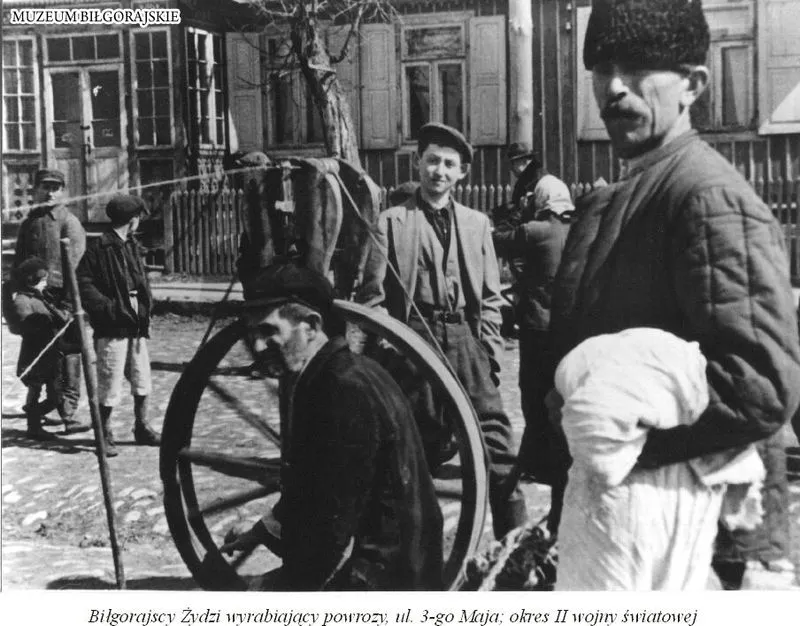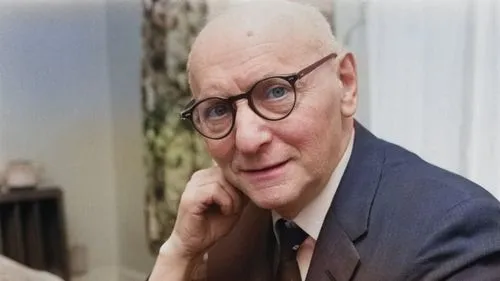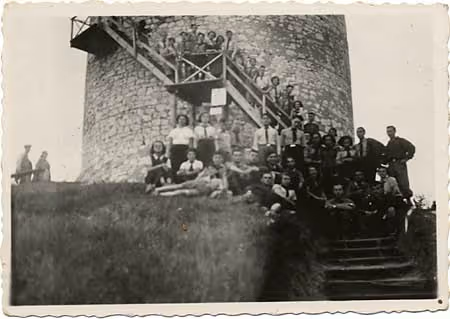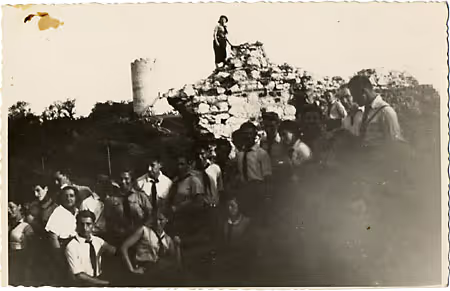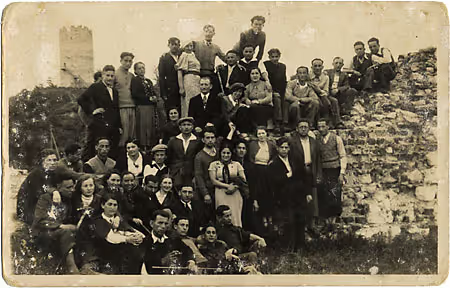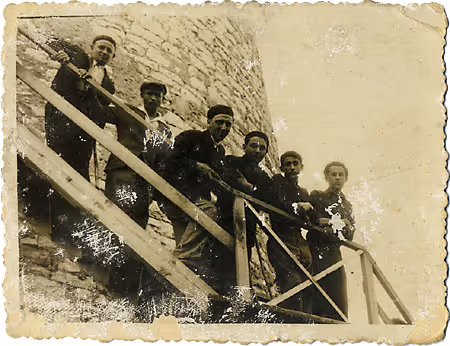Kuzmir
Sasza Blonder, Houses (Kazimierz on the Vistula), circa 1936/37, Jewish Historical Institute,
Warsaw, source: W Kazimierzu Wisła mówiła do nich po żydowsku… malarze żydowscy
w kazimierskiej kolonii artystycznej, opr. W. Odorowski, Kazimierz Dolny 2008.
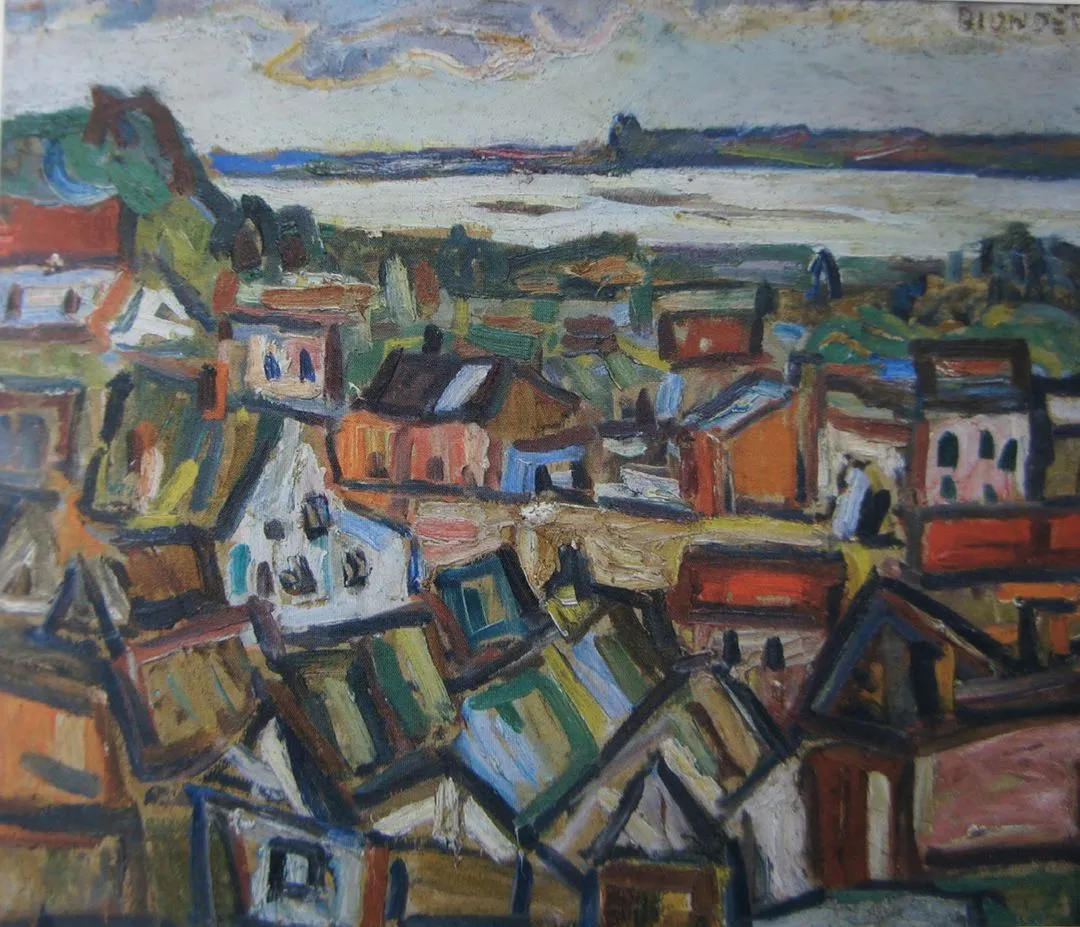
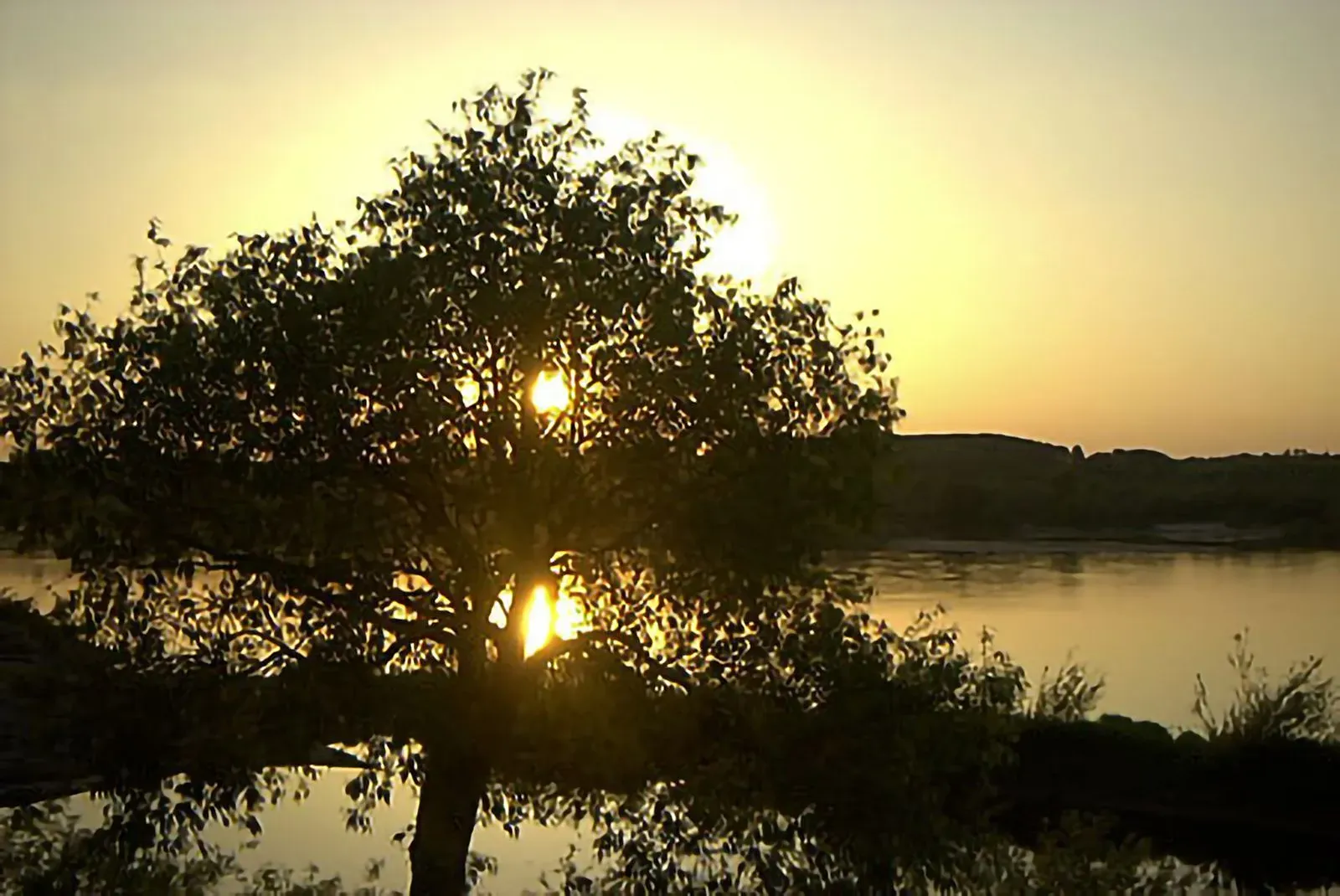
"The quintessential shtetl of magic, myth and dreams". A small town on the Vistula River, Kuzmir (Kazimierz Dolny in Polish) has a charm that is perhaps not matched anywhere else in Poland, and certainly nowhere else in the Lublin region. With its picturesque landscaped terrain and unique architecture, Kuzmir is today experiencing further development, but it has long been known as a town of poets, writers, filmmakers, and others of artistic temperament. A magical place, Kuzmir was the closest thing to paradise for both Jewish and Polish vacationers hoping to replenish their senses. The river, the nature, the light, and the colors in the surroundings seemed to be special in this little geographic spot.
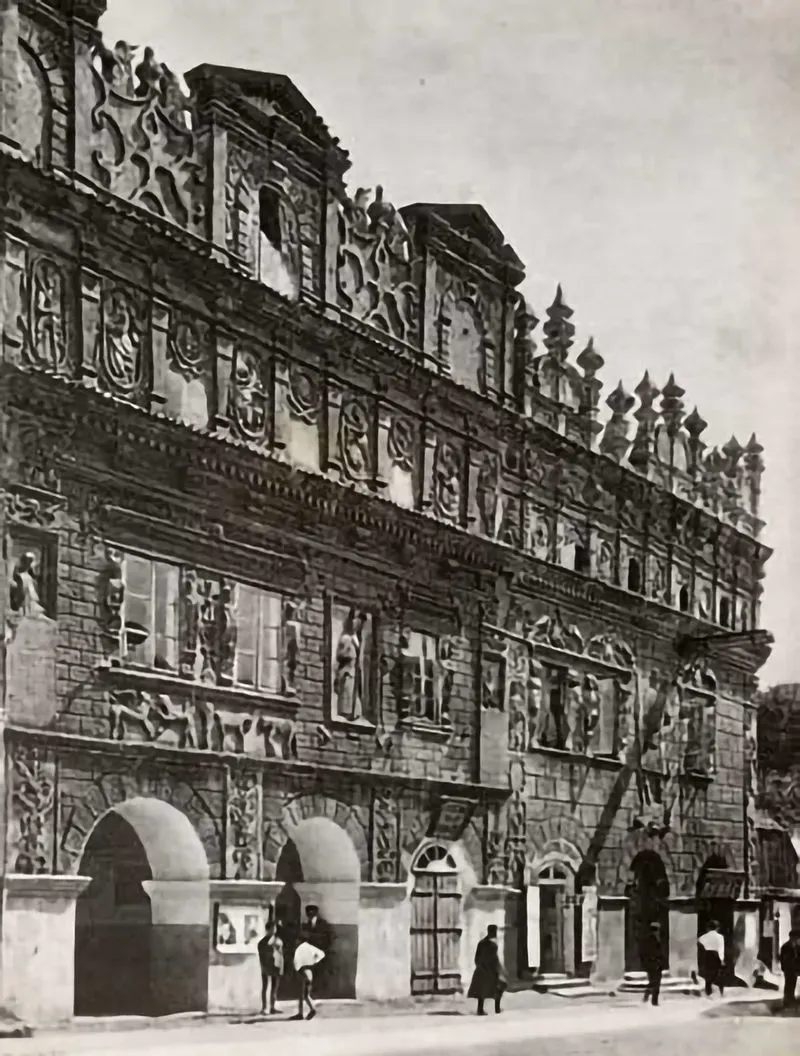
From the old plaza that graces the great Church at the bottom of the cliff, one can still look up and see the castle of King Casimir the Great. The castle is a construction from from the 14th century, an earlier time when Jews had just settled in the land. This particular castle evokes stories of a great love and a symbol of peace between two peoples. Reminding us of the Jewish story of Purim with some of its known characters, King Casimir of Poland is said to have married his Jewish princess, Estherke; laying the foundation for a reliable source of protection for Jews.
Jews have lived in Kuzmir since the 13th century. By the 19th century, Jews made up 50 percent of the town population. But, Kuzmir was not just a dream place, it was also a shtetl of activity, market life, business dealings, neighbors, beggars, merchants, the learned, the beautiful, the talented, and the many poor folk.
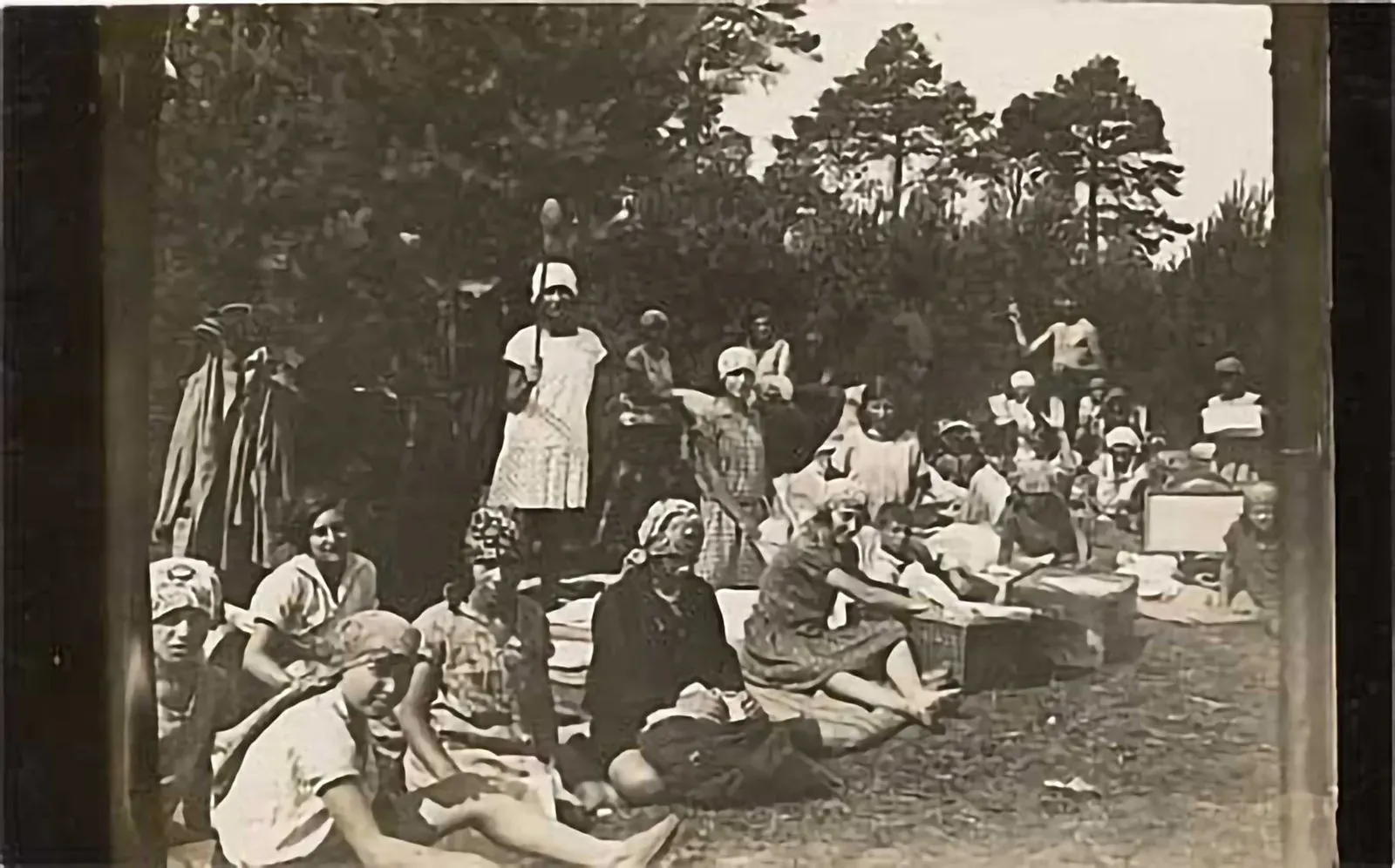
Many other Jewish and non-Jewish writers have described or alluded to the Jewish Kuzmir. Aside from connecting to this world through literature, the physical shtetl itself has something to offer to us. The old synagogue building still stands and the market area is well known and can be imagined in its fullness if you stand within the plaza. Some of the old Jewish organizational spaces can still be found in empty or newly renovated buildings around Kuzmir.
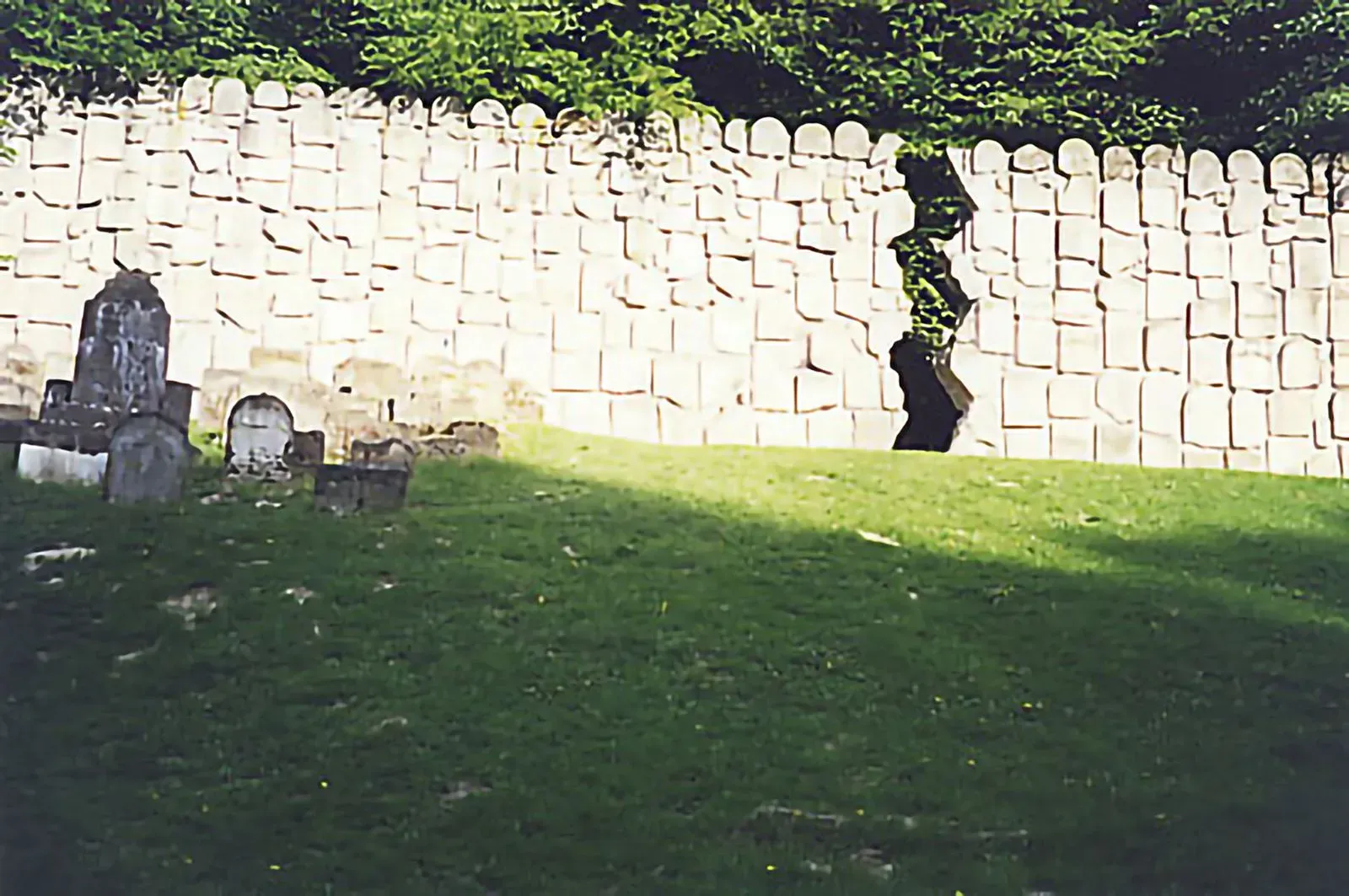
Leaving the town on its main road, one finds the route to the cemetery of Kuzmir. It sits silently, almost lost and forgotten, on a hill. Receding back from the road, it has overgrown grass, tall thin trees, and is all very green and still. Greeting you in the center area, is a wall made up of large fragments of Jewish headstones all originating from this old burial place. It is a tall wall, broken up in its design, with a large zigzagged crack in the middle, as if to say that the great tower of Jewish culture and its people were broken here. Although lost in a seemingly limitless terrain, the lost culture and its people cannot and will not grow or build anything further here. This monument stands silently and touches those that understand its quiet language.
Walking further, behind it, some tombstones are still standing complete, untouched, laying quietly in a sea of greenery, what some might is a real paradise for one's final rest. These carved stones with their simple short sentences are a marker to past Jewish life and community, describing the people who lived their lives here, and died in a place they thought was not quite paradise on earth, but still an earth in which paradise was willed.
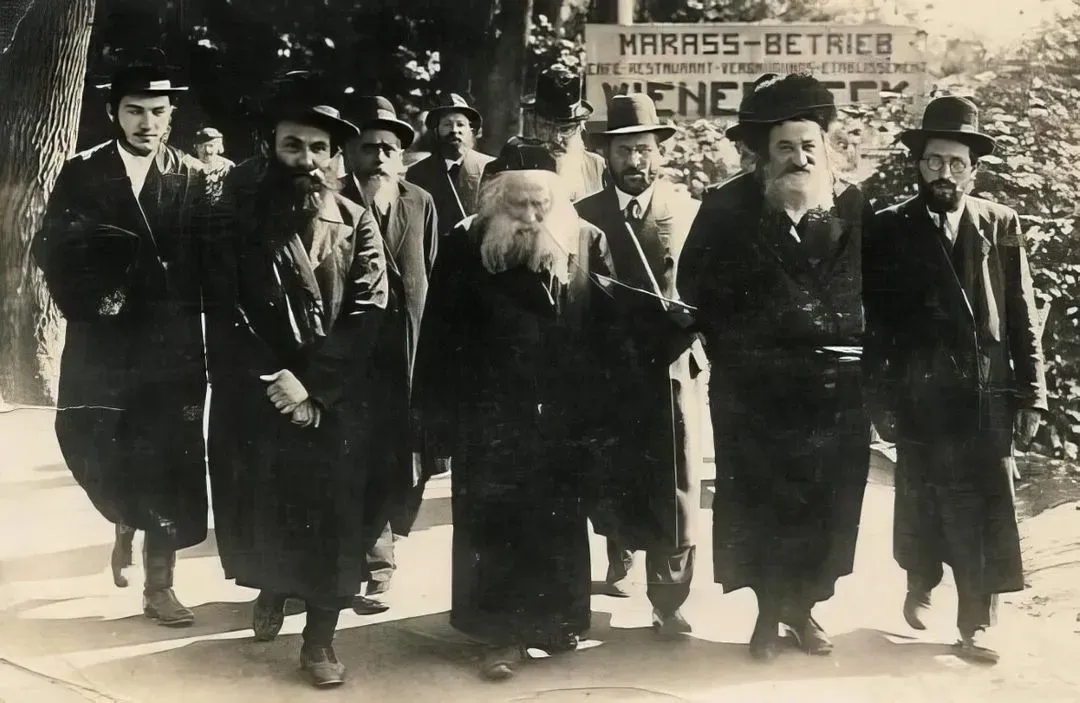
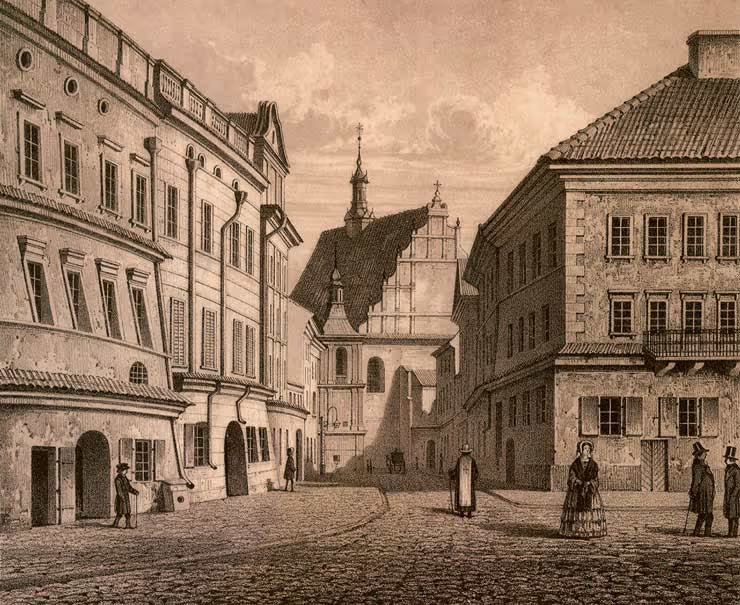
.avif)
